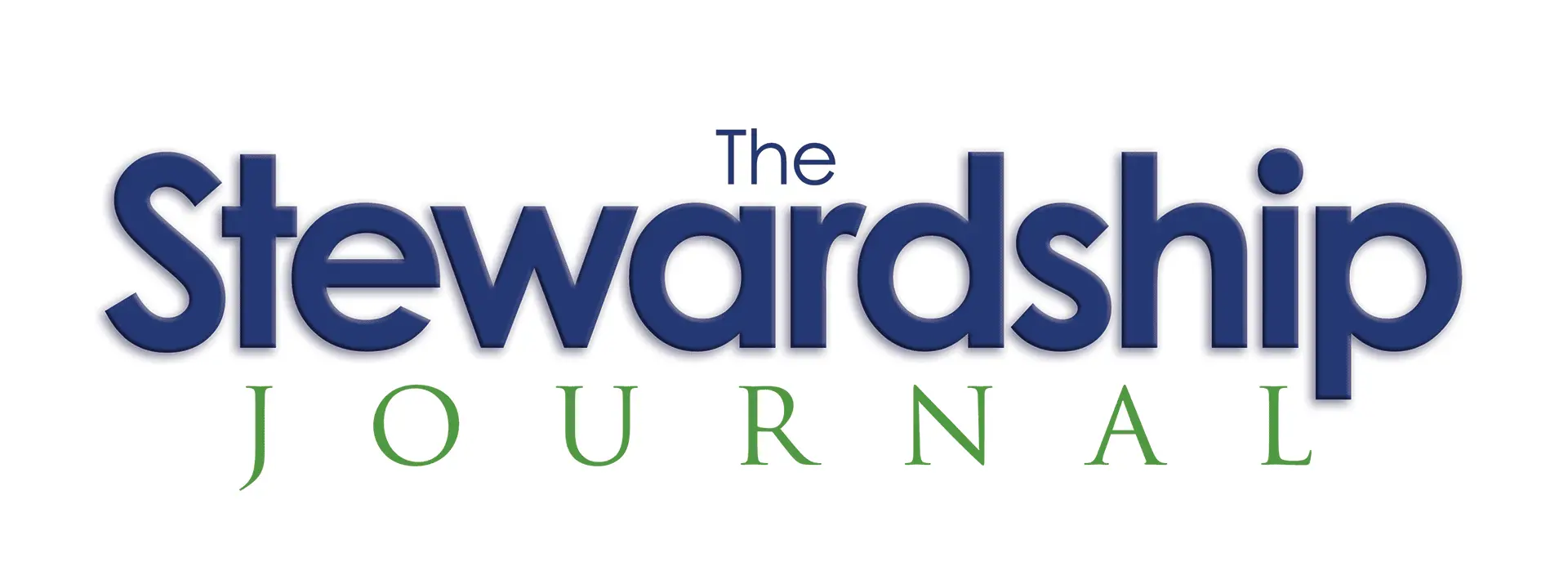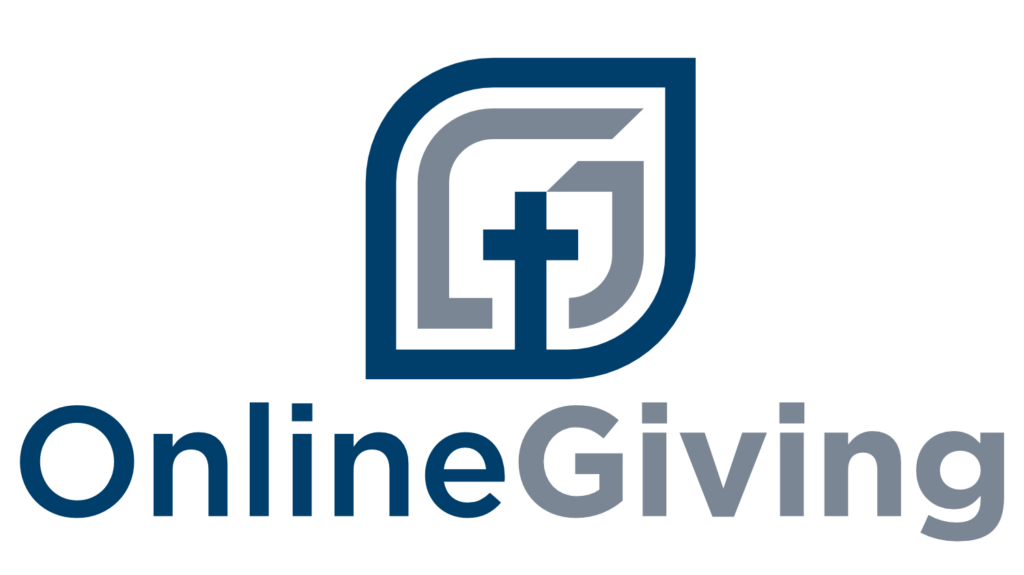
Do you spend more time preparing for and executing your announcements each Sunday or your offering time? How you answer this question tells me whether you have a correct view of biblical stewardship. It’s not people I have to fight with about emphasizing giving more during worship services; it’s pastors and staff.
Why is this? I find three main reasons. First, ministers have the mistaken belief that any talk of money and finances will turn off the crowd they are trying to attract. Second, what Minister of Music or Pastor wants to give up valuable platform time? Finally, most simply have never thought there might be a better way. Pastors are taught to exegete the Scriptures, not the offering. I’m going to train you on how to accomplish this with your offering time with this Coach entitled Exegeting the Fundamentals of Receiving an Offering.
Here is what I teach my clients. The Fundamentals of a Great Offering Time starts by understanding …
The Heart of the Offering – The most important part of any offering time is what I call its heart. The heart of the offering is the story of the offering. I have always taught that every “ask” must have a driver. The driver is the story of your vision that drives a person to give. A worshipful, well-planned offering time with heart will touch the heart of the attendee.
When you ask with heart, people will give! That’s why it’s the most important part of the offering. Yet, just like your human heart, the heart of the offering won’t survive alone. Therefore, I teach that we also need to understand …
The Head of the Offering – An offering motivated by the heart will help you gain a first-time gift. To develop long-term donors, we must connect both heart and head. This is the task of discipleship, and your offering times can become a time of teaching biblical stewardship. How can we do that? Here are a few pointers:
- Tell them why with Scripture – From time to time, it is essential to tell them why giving is so important to a Christian. I think you can effectively use the offering time to teach the value of the offering by sharing what the Bible says about giving, generosity, and offerings. What better tool than the Bible? Remember this:
- Always be positive! Using Scripture doesn’t mean bashing people over the head with the pulpit Bible. Guilt never moves the heart toward generosity.
- 20% to 30% of your offering appeals should be about connecting the head by teaching what Scripture has to say on the subject.
The best offerings are vision-driven offerings that help people see how their gift will make a difference in others’ lives. The anatomy of a great offering starts with the heart, continues to the head, and then must move to…
The Hand of the Offering – When I talk about the hand of the offering, I am talking about making “the ask.” Here is where most offerings go awry. Let’s talk about how to use your “hands” properly and your “ask” in the offering.
Remember, never apologize for taking up an offering! Back in the day before COVID-19, most churches led off the offering time by saying, “As we take up our offering this week, if you are a guest, please don’t feel like you have to give. This time is for our members.” It is past time that we stopped apologizing for asking people to give and instead present to them a compelling reason to give.
People will figure out they don’t have to give. My goal is to make them want to give. Telling them they don’t have to give is like putting your hand up as a stop sign. STOP THAT!
You want your hands open and extended, inviting them to worship through giving. To accomplish this, I use what I call…
The 2 Sentence Out. Here is how that breaks out: you have been telling a story that touches the heart, but now you are at the end of the story. What now? I want to extend an invitation to all to give generously. I do that in two sentences like this:
“Every time you give here, you help support stories and lives (just like what you shared). This morning, we encourage you to join us in worship as we give of our tithes and offerings.”
Extending the hand and making the “ask” is the key to gaining a response. Then, end with what I call…
The Feet of the Offering – It answers the question, “How can I give?” We must show them how easy it is to give at your church by mentioning the various ways to give. The offering plate, text, app, online, etc. End by saying something like,
“Remember, we have multiple easy ways you can give here. The bulletin/screens give you that information. Let’s pray…”
Ensure that the information on how to give is listed in multiple places and across all platforms, including the main worship platform. With today’s technology, it is easier than ever to give and give instantly.
In two minutes or less, you can make the offering time one all members look forward to. When we tell a compelling story and give immediate opportunity for people to give, people will give, and giving will increase. So, if you ever pass the plate again or not, you will still need an offering time. Think of it as a teachable moment.
Label up, eye on the ball. That is the advice that every Little Leaguer gets to start their career in baseball. It’s the basics of batting. From that base, a coach works to develop other skills. Yet if you don’t get label up and eye on the ball, you will never get off the bench.
Getting the offering time right is your label up, eye on the ball fundamental for building a culture of generosity based upon biblical stewardship. It’s how you help your members achieve financial stability and how you better assure the future financial stability of your church. Doesn’t that make it deserving of your time?

Mark Brooks – The Stewardship Coach
mark@acts17generosity.com

OnlineGiving.org, the leading online giving processor in America, sponsors my writing. OG is owned and operated by committed Christians active in their local church. Find out more about their services at https://www.onlinegiving.org/. You can also read the blog post I wrote for them at https://www.onlinegiving.org/blog.


